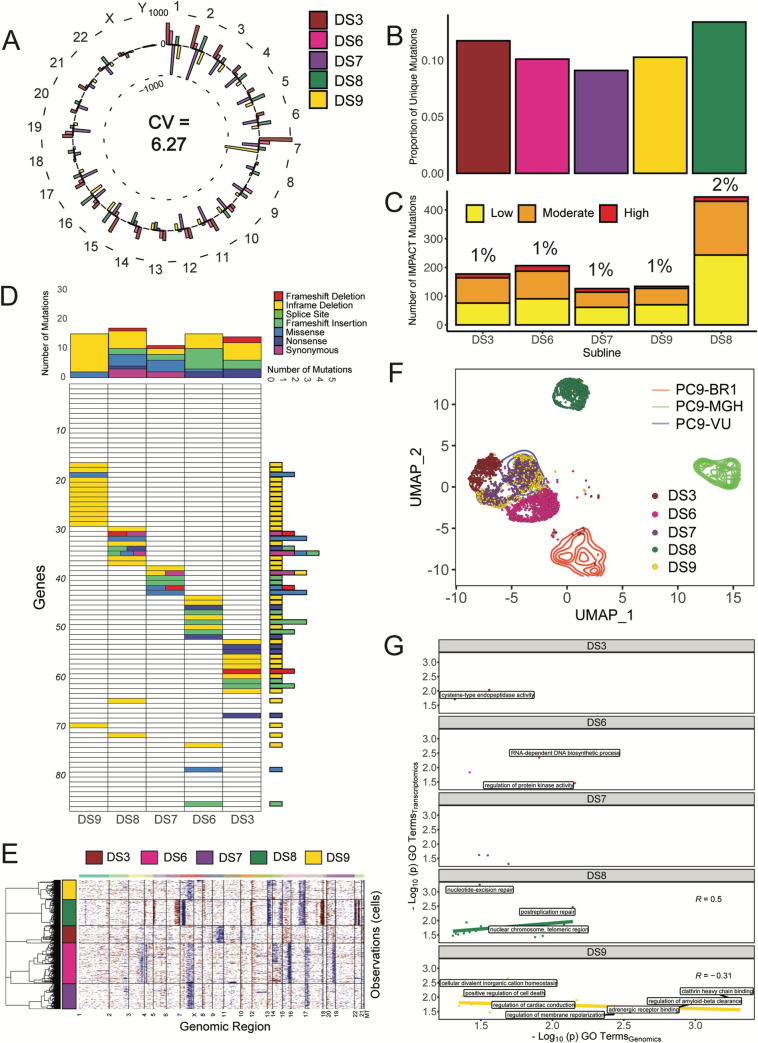Fig 4. Genomic and transcriptomic characterizations of PC9-VU discrete sublines.
(A) Mean-centered mutation count by chromosome for 5 (of the 7) sublines. Average CV across all chromosomes is noted. (B) Proportions of unique mutations in each subline. (C) Numbers of IMPACT mutations unique to each subline, stratified by IMPACT classification (“low,” “moderate,” and “high”). Percentage of unique IMPACT mutations relative to the total number of unique mutations in each subline is denoted above each bar. (D) Quantification of mutational differences between sublines based on the same gene signature as for the cell line versions (Fig 3D). Rows are ordered the same as in Fig 3D and numbered in increments of 10 for ease of reference (see Table B in S1 Text). Heatmap elements are colored based on type of mutation. (E) CNV detection for sublines. Red corresponds to amplifications, blue to deletions. PC9-VU was used as the baseline reference to compare sublines. (F) UMAP visualization of single-cell transcriptomes for sublines plotted in the common UMAP space of all 8 PC9 samples (including cell line versions and PC9-VU sublines; see Materials and methods). (G) GO comparison analysis of unique IMPACT mutations and DEGs for sublines. A correlation coefficient (Pearson) was calculated for each sample. Terms with -log10(p) > 2 on either axis are displayed on the plots. Samples without a correlation line or coefficient (DS3, DS6, and DS7) did not meet the minimum threshold of data points to compute a correlation. The data underlying this figure can be found in github.com/QuLab-VU/GES_2021. CNV, copy number variant; CV, coefficient of variation; DEG, differentially expressed gene; GO, Gene Ontology; UMAP, Uniform Manifold Approximation and Projection.

